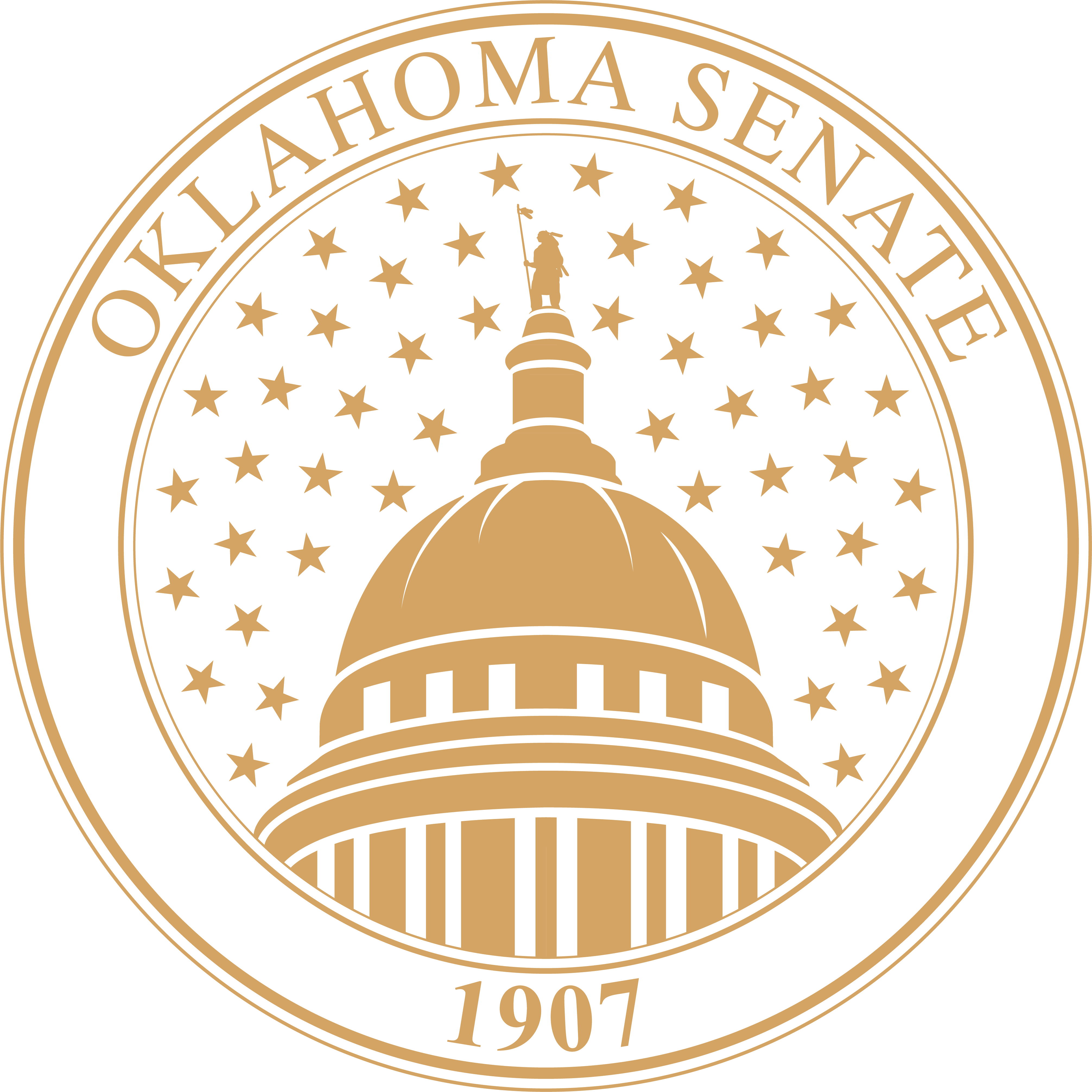In order to provide equal access and equal opportunity to people with diverse abilities, this site has been designed with accessibility in mind. Click here to view
Keating Expands War On Education, Suggests Cutting Schools Motor Vehicle Revenue
Governor Keating is attempting to cut the budget for public education once again, this time by suggesting that motor vehicle revenue currently earmarked for schools be diverted to the transportation budget, according to a Senate budget leader.
"This is another attack on the education budget by Governor Keating," said Senator Cal Hobson, vice-chairman of the Senate Appropriations Committee. "He's tried to disguise it a little this time, but the reality is he's trying to take money out of Oklahoma classrooms again."
The Lexington legislator was referring to comments Governor Keating made last week in attempting to defend his controversial turnpike program. The Governor suggested that Oklahoma wasn't spending enough money on roads because motor vehicle funds were being "diverted" to other areas. Keating's Transportation Secretary has requested that the money be given exclusively to his agency, even though such an action would take money directly from public education.
Approximately one-third of Oklahoma's motor vehicle revenue --funds generated by tag, title and other vehicle fees-- has traditionally been earmarked for public education. Most states levy a personal property tax on vehicles to raise money for public schools, but because Oklahoma has no property tax on cars and trucks, it uses tag revenue for schools instead.
"The reason tag revenue goes to the public schools is because we don't want to levy an annual property tax on people's cars. That budgeting decision was made years ago to provide a stable revenue source for education," said Senator Hobson.
Education receives millions of dollars in motor vehicle revenue each year. For example:
-FY '94.........$ 162.4 million for public schools
-FY '95.........$ 167.1 million " "
-FY '96.........$ 176.2 million " "
"If Governor Keating yanks that revenue source away, education would take a huge budget hit. The Governor would be pulling that money directly --not indirectly-- but directly out of our public school classrooms," said Senator Hobson.
If Governor Keating wants to protect public schools and still divert tag revenue, he must come up with a replacement funding source for education, according to the Senate budget leader.
"I don't know where Governor Keating is going to come up with another $100 million plus for our schools every year. If he wants to follow the lead of other states and institute a personal property tax on Oklahoma car and truck owners, he should say so.
"I don't support the idea of raising taxes, however, and I don't know many people outside of the Keating administration who support it either."
The Senate budget leader said if Governor Keating is looking for a scapegoat to blame in the debate over transportation funding, he should look no farther than the Oklahoma congressional delegation. The U.S. Congress cut federal highway funding this year, costing Oklahoma $13 million.
"Our transportation losses are coming from the federal level, not the state level. The Oklahoma Legislature gave transportation the biggest increase in state history this year at the same time our congressmen in Washington were cutting federal highway funding for Oklahoma.
"Governor Keating should quit picking on public education, and direct his complaints and energies toward Washington where the real road funding problem is," said Senator Hobson.
This isn't the first time Governor Keating has attempted to take money away from public education. During his first year in office, he proposed a $15 million cut to higher education that was blocked by the Legislature. Governor Keating was successful, however, in cutting $8.4 million from the overall education budget with his veto pen in 1995 and another $17 million in 1996.
Additionally, in his executive budget this year, Governor Keating proposed pulling $25.9 million from the pool of motor vehicle funds, much of which was supposed to go to education. The Legislature rejected the plan.
 Oklahoma Senate
Oklahoma Senate

